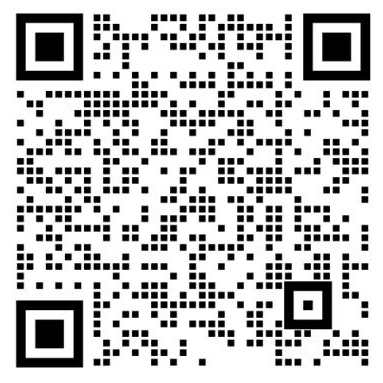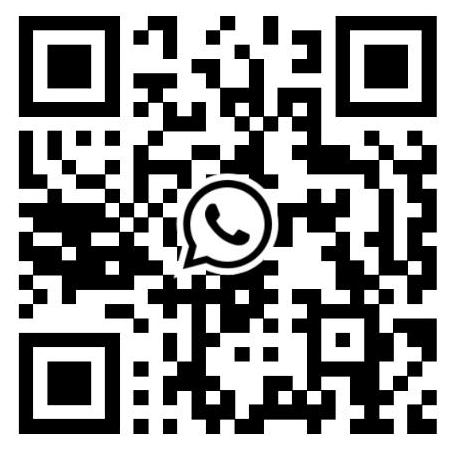
Check category
The Ins and Outs of Wheel Hub Bearings: Types and Materials Explained
- Categories:knowledge
- Time of issue:2023-05-29 09:01
- Views:
The Ins and Outs of Wheel Hub Bearings: Types and Materials Explained
Wheel hub bearings are an essential component of your vehicle's wheels. They allow the wheels to rotate smoothly while also supporting the weight of the vehicle. But not all wheel hub bearings are created equal. In this article, we'll explore the different types and materials of wheel hub bearings and how they can affect the performance and longevity of your vehicle's wheels.
Types of Wheel Hub Bearings
There are two main types of wheel hub bearings: ball bearings and tapered roller bearings.
Ball bearings are the most common type of wheel hub bearing. They consist of a series of metal balls held in place by a cage or race. The balls rotate around a central axis, which allows the wheel to rotate smoothly. Ball bearings are typically less expensive than tapered roller bearings, but they also have a shorter lifespan and are more prone to failure.
Tapered roller bearings, on the other hand, are designed to handle heavier loads and have a longer lifespan than ball bearings. They consist of two tapered races and a series of tapered rollers. The rollers are positioned between the two races, which allows them to handle the weight of the vehicle more effectively. Tapered roller bearings are often used in heavy-duty vehicles, such as trucks and SUVs.
Materials of Wheel Hub Bearings
Wheel hub bearings can be made of a variety of materials, including steel, ceramic, and plastic.
Steel is the most common material used for wheel hub bearings. It is durable, cost-effective, and can handle a wide range of temperatures and loads. However, steel bearings are also prone to rust and corrosion, which can lead to premature failure.
Ceramic bearings are becoming increasingly popular in high-performance vehicles. They are lighter and more durable than steel bearings, which can improve a vehicle's acceleration and handling. Ceramic bearings are also more resistant to corrosion and wear, which can extend their lifespan.
Plastic bearings are often used in applications where weight is a concern, such as in bicycles and sports equipment. They are lightweight, corrosion-resistant, and can handle a moderate amount of load. However, plastic bearings are not as durable as steel or ceramic bearings and may need to be replaced more frequently.
In conclusion, wheel hub bearings are an important component of your vehicle's wheels. The type and material of the bearing can impact the performance and longevity of the wheels, so it's important to choose the right bearing for your needs. Whether you opt for a ball bearing or tapered roller bearing, steel or ceramic, or even plastic, make sure to choose a quality bearing that is designed to handle the load and temperature requirements of your vehicle.
Types of Wheel Hub Bearings
There are two main types of wheel hub bearings: ball bearings and tapered roller bearings.
Ball bearings are the most common type of wheel hub bearing. They consist of a series of metal balls held in place by a cage or race. The balls rotate around a central axis, which allows the wheel to rotate smoothly. Ball bearings are typically less expensive than tapered roller bearings, but they also have a shorter lifespan and are more prone to failure.
Tapered roller bearings, on the other hand, are designed to handle heavier loads and have a longer lifespan than ball bearings. They consist of two tapered races and a series of tapered rollers. The rollers are positioned between the two races, which allows them to handle the weight of the vehicle more effectively. Tapered roller bearings are often used in heavy-duty vehicles, such as trucks and SUVs.
Materials of Wheel Hub Bearings
Wheel hub bearings can be made of a variety of materials, including steel, ceramic, and plastic.
Steel is the most common material used for wheel hub bearings. It is durable, cost-effective, and can handle a wide range of temperatures and loads. However, steel bearings are also prone to rust and corrosion, which can lead to premature failure.
Ceramic bearings are becoming increasingly popular in high-performance vehicles. They are lighter and more durable than steel bearings, which can improve a vehicle's acceleration and handling. Ceramic bearings are also more resistant to corrosion and wear, which can extend their lifespan.
Plastic bearings are often used in applications where weight is a concern, such as in bicycles and sports equipment. They are lightweight, corrosion-resistant, and can handle a moderate amount of load. However, plastic bearings are not as durable as steel or ceramic bearings and may need to be replaced more frequently.
In conclusion, wheel hub bearings are an important component of your vehicle's wheels. The type and material of the bearing can impact the performance and longevity of the wheels, so it's important to choose the right bearing for your needs. Whether you opt for a ball bearing or tapered roller bearing, steel or ceramic, or even plastic, make sure to choose a quality bearing that is designed to handle the load and temperature requirements of your vehicle.
Keyword:
Contact us
MotorTec (Nanchang) Auto Parts Ltd.
Address: No. 102 building, No.1167 1st Fushan Road, Xiaolan Economic Development Zone, Nanchang City, Jiangxi Province
Whatsapp/Wechat: +86 189 7088 5876
E-Mail:john@motortec.com.cn
Copyright 2021 MotorTec (Nanchang) Auto Parts Ltd. All Rights Reserved 赣ICP备2021008218号 SEO

 +86 189 7088 5876
+86 189 7088 5876 



 E-mail
E-mail  SKYPE:+86 132 8589 2767
SKYPE:+86 132 8589 2767 